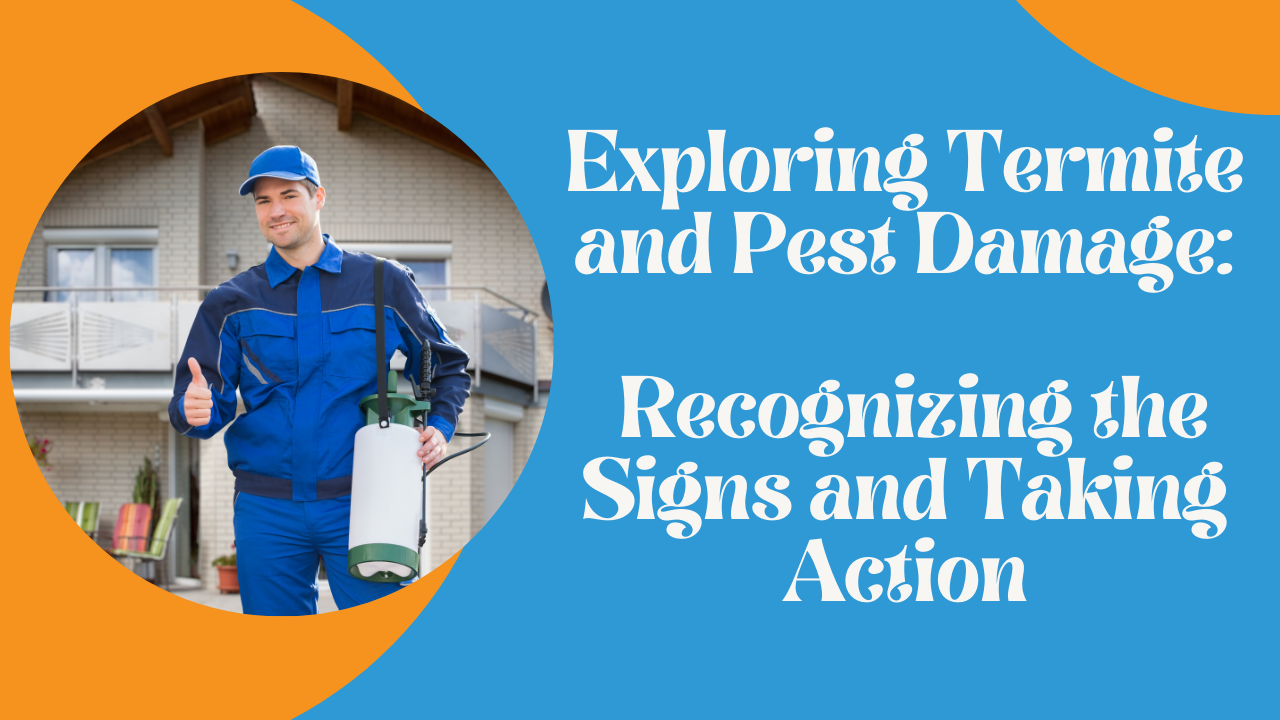
Termite and pest damage can wreak havoc on your property, causing structural issues and compromising the safety of your home. Understanding the signs and types of damage caused by these tiny invaders is crucial for early detection and effective mitigation. In this article, we delve into the visual cues that indicate termite and pest damage, empowering homeowners to protect their investments.
Identifying Termite Damage
Termites are notorious for their ability to silently consume wood and other cellulose-based materials, often leaving behind subtle but destructive traces. Here are some key signs of termite damage:
- Mud Tubes: Subterranean termites construct mud tubes along walls and foundations as protective pathways. These tubes are a clear indicator of termite activity and warrant immediate attention.
- Hollow-Sounding Wood: Tap wooden surfaces around your home; if they sound hollow, it could indicate termite infestation. Termites eat wood from the inside out, leaving a thin outer layer intact.
- Blistered or Bubbling Paint: Termite activity can cause paint to bubble or blister, often due to moisture buildup from tunneling through walls.
- Discarded Wings: After swarming, termites shed their wings, leaving behind piles of discarded wings near windowsills or doors.
- Visible Tunnels: Breaking open damaged wood may reveal intricate networks of tunnels created by termites as they devour the material from within.
Recognizing Pest Damage
While termites are notorious, other pests can also cause significant damage to your property. Here are some common signs of pest damage:
- Chewed or Gnawed Surfaces: Rodents like mice and rats are notorious for gnawing on wood, electrical wires, and other materials. Look for chew marks and droppings in secluded areas.
- Holes and Entry Points: Insects such as carpenter ants and beetles create entry holes in wood as they tunnel through it. These holes may be accompanied by sawdust-like frass.
- Nesting Materials: Pests like birds and squirrels often use insulation, fabric, and other materials to build nests in attics and crawl spaces, causing damage and creating potential fire hazards.
- Visible Trails: Some pests, like ants, leave visible trails as they forage for food. These trails may appear as dark, narrow lines along walls and floors.
Protecting Your Property
Prevention and early intervention are essential in managing termite and pest infestations. Here are steps you can take to protect your property:
- Regular Inspections: Schedule regular inspections with a professional pest control service to detect and address issues early.
- Eliminate Moisture: Termites and pests thrive in moist environments, so fix leaks, improve ventilation, and use dehumidifiers to reduce humidity levels.
- Seal Entry Points: Seal cracks, gaps, and other potential entry points around your home to prevent pests from gaining access.
- Trim Vegetation: Keep vegetation trimmed and away from the perimeter of your home to reduce the risk of pests finding entry points.
- Professional Treatment: If you suspect an infestation, contact a reputable pest control company for professional treatment and advice tailored to your specific situation.
Conclusion
Being able to recognize the signs of termite and pest damage is the first step towards protecting your property from these destructive invaders. By staying vigilant, conducting regular inspections, and taking proactive measures, homeowners can safeguard their homes and minimize the risk of costly damage. Remember, when it comes to termites and pests, early detection and swift action are key to preserving the integrity of your property.







